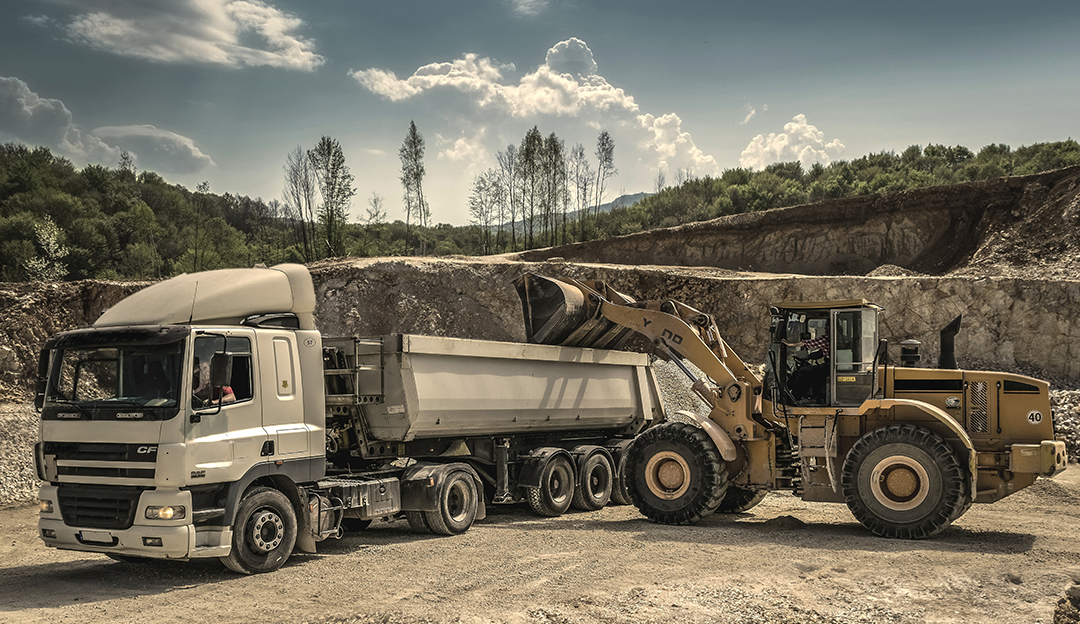So what exactly is reverse logistics then? For starters, it is the opposite of what a standard supply chain looks like. It consists of goods that move from the end-user or customers, back to the seller/retailer/manufacturer. This further involves the returns made by customers, any raw materials, or components that are needed for renovations and remanufacturing. The processes involved come under returns management departments for companies that handle inbound and outbound logistics for these goods.
The customer of today expects online companies to live up to the mark when it comes to their expectations with the return policies. It’s a huge trust builder and can evolve the buyer and consumer relationship if done right. Some of the aspects involved in reverse logistics include returns, delivery failures, product repairs or maintenance, rentals that need to be returned and even unsold goods. The process needs to work for all stakeholders involved including the sellers along with the end customer as well.
Some of the benefits of reverse logistics include asset recovery rates, helping companies be more sustainable by opting for processes that in return impact profitability for the company and helps meet set goals of the parties involved.
Reverse logistics help sets the tone for managing overall returns. It even helps with managing end-of-life goods for sellers which is when the product is at their end-stage and the vendor stops production, marketing and selling. In such cases, the product needs to be recycled. The reverse logistics and efficient return management strategies help with maintaining this, adding more towards the sustainability goals of a company.
Another example would be when customers want to return their electronic devices to get a newer one, the cellphone industry has efficient reverse logistics process management set in place to have this handled properly. This has helped in the advancement of automotive aftermarkets, remanufacturing, electronics and product recycling sectors which have also influenced the product lifecycles and helping companies maintaining a global service network with efficient systems. One more convenience these processes have initiated is the ability to conveniently handle customer customization for various services and products.
If we further look into the many benefits of reverse logistics and return management systems, it has helped companies become more cost-effective by reducing administrative costs, optimizing routes for better and systematic transportation of goods along with the higher achievement of sustainability goals that companies have set for themselves. This has also allowed companies to be prompt in terms of customer services and achieving higher retention rates.
Lorryz makes sure it’s processes are streamlined and helps it’s business partners maintain overall logistics and road freight transportation. One thing that we value is our ability to make everything visible and traceable in real-time! Be it reverse logistics or helping its clients maintain their returns management processes helping them recycle products and manage end-of-life goods in bulk processes, we have the technology for logistics in place to improve the visibility of reverse logistics to help our clients achieve their desired goals.
Food for thought: If you’re looking to invest in reverse logistics, definitely look for services opting for on-demand services! This would involve Customer product returns, failed delivery attempts, damaged product returns and B2B returns for manufacturers and retailers.
So in order to re-capture value, make that extra effort to move products from their final destination to whichever location they need to be! Recycle, refurbish, make an amazing return and exchange process for your end customer, this will only help in retaining them for a lifetime!

